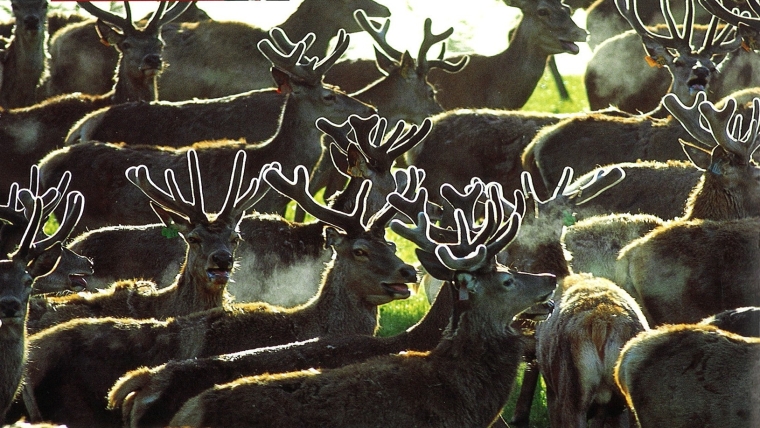
LAMB
Stable lamb schedules this week, as the market is quiet due to lack of supply, although negotiations are underway for the Northern Hemisphere chilled lamb requirements.
AFFCO reports that at present the spot market prices are around $6/kg but are uncertain as to the summer prospects which will be currency determined.
Processors are hopeful despite the currency they can achieve prices similar to last year, but with plentiful supplies in the UK post Brexit and continuing uncertainty, what values can be achieved after the 7 November chilled shipping deadline, is still uncertain.
ANZ in its early season forecast, is predicting a 17.5kg lamb to be at a similar price to this year at around $90 average, which will do little to instill confidence back into the sector.
They suggest Brexit, the currency and more competition as the negatives, but tighter supplies and sound demand out of the US and China being the upsides.
Published schedule prices are $13/hd behind last year for a 17.5kg lamb and highlight the soft market at present, and many will be nervous as where values will be, once the processing highs build.
Lambing numbers are being reported well down in the north island, with facial excema, drought, and a snowy storm for some to blame, but so far survival in many of the other early lambing areas has been great.
Some plants will be under heavy pressure with the shortages of stock, and already workers from the Fairton plant near Ashburton are complaining about last years short season, and loss of the bobby calf kill to works further south.
But dry spring conditions continue to worry, and if it does not rain, soon lots of ewes with lambs at foot will be seen at the saleyards, as sale maybe the only option for farmers with financial pressure.
WOOL
This week’s North Island wool sale was again weaker, and fine and coarse crossbred wool indicators dropped to yearly lows.
The trend of lack of Chinese activity continues, and with the mild winter producing a quality wool offering failing to attract a lift, and the currency still stubbornly high, nerves will be starting on how the summer fleece will fare.
Merino and mid micron wools have fared slightly better on low supplies, but overall farmers will be disappointed with how their product has been selling.
The ANZ suggests if the currency eases to around 70c against the US$ prices may get close to last years figures but it looks like reduced income from wool for growers this coming year.
BEEF
Beef schedules were stable again this week, as in spite of low demand for imported US beef, the lack of supply out of Australia and NZ has kept the market settled.
Processors are pessimistic there will be little change in the US market when NZ starts producing its manufacturing product again late in the year, but are more optimistic about prime beef prospects into Asia.
Saleyard prime beef has finally breached $3/kg as values are still well behind last year, although store stock buyers are much more optimistic in their pricing, but if spring feed supplies shorten there could be a sharp readjustment if another dry period arrives.
Headwinds are predicted for beef suggest the ANZ, with all classes back on the excellent returns of last year, and buyers of store stock at present should be more wary than they are, with finished returns 5-9% behind in the outlook report.
DEER
One processor lifted schedules this week as shortages of animals continues to challenge the market.
Kill numbers for July are nearly 40% behind last year and some believe August figures will be even worse, and these shortages have enabled the prices to lift despite the negative effects of the currency.
The sector also has had some success in diversifying the market out of it's European dominance, and this should help soften any currency affect by only supplying the top paying markets.
Buttons will be dropping in the early velvet areas of the north island, and managers will again marvel at it's fast growth that should once again return excellent per ha profit from this unique product.
Results from participants in the Passion to Profit programme are starting to be seen as managers improve their stocks performance by better feeding and management.
Scientists have also revealed that with many hinds now having a heavier mature weight than in the past, managers need to set higher goals of over 100kg for first calving hinds, if satisfactory pregnancy rates are to be achieved.




We welcome your comments below. If you are not already registered, please register to comment.
Remember we welcome robust, respectful and insightful debate. We don't welcome abusive or defamatory comments and will de-register those repeatedly making such comments. Our current comment policy is here.